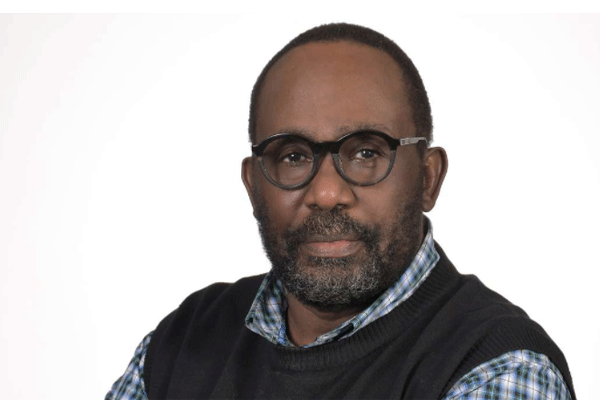Uganda Martyrs: Book disputes age-old beliefs

What you need to know:
- In the book Uganda Martyrs Myth and Reality: The Untold Story Behind The Martyrdom, Patrick David Wandira separates the fly (our history) from the chameleon (lies told about our history) to unmask “new” facts we have often ignored.
Lobengula Khumalo (c. 1845 – c. 1894) was the second and last official king of the Northern Ndebele people (historically called Matabele in English).
In 1870, after granting Sir John Swinburne’s London and Limpopo Mining Company the right to search for gold and other minerals on a tract of land in the extreme southwest of Matabeleland, Lobengula noted something peculiarly indigenous about the white man’s behaviour.
“Did you ever see a chameleon catch a fly? The chameleon gets behind the fly and remains motionless for some time, then he advances very slowly and gently, first putting forward one leg and then the other.
At last, when well within reach, he darts his tongue and the fly disappears. England is the chameleon and I am that fly,” Lobengula regretfully said.
In the book Uganda Martyrs Myth and Reality: The Untold Story Behind The Martyrdom, Patrick David Wandira separates the fly (our history) from the chameleon (lies told about our history) to unmask “new” facts we have often ignored.
He, in the process, dismisses as “extremely negative” the story of the Uganda Martyrs, a group of 22 Catholic and 23 Anglican converts to Christianity in the kingdom of Buganda, being egregiously executed between January 31, 1885 and January 27, 1887 on the orders of Kabaka Mwanga II. In this story, the author writes, Mwanga is falsely presented as a “fascist heathen monarch, a pagan who persecuted innocent people for their faiths or beliefs.” Yet, even though Mwanga converted to Christianity, he was called Danieri or Daniel; he is derided as unworthy of his conversion.
The author reminds us that Mwanga was a monarch under siege as his reign was truncated into two short spells between 1884 to 1888 and then 1889 to 1897 by the British imperial forces.
This made Mwanga the victim; not villain, essentially falling prey to a colonial invasion that used religion and the Christian converts (the martyrs) to overthrow him, overturn the monarchy and overrun Buganda.
Captain Frederick Lugard, who after leaving Nyasaland (Malawi) in April 1889 took a position with the Imperial British East Africa Company (IBEAC), was instrumental in demonising Mwanga as a stumbling block to British colonial rule.
He is the one who, the book asserts, started a smear campaign, likening Mwanga’s court to “Sodom and Gomorrah” whose stain has never left it. To the author, it was a fiendishly made up story with a clear political purpose to break any Buganda resistance to colonialism.
In defending Mwanga, Wandira goes on the offensive by showing how Christianity was used to sanitise slavery and other forms of colour discrimination. He notes how this discrimination was rooted in the Bible through the story of Noah, where his son Ham is cursed to serve his brothers.
The descendants of Ham, the Africans, were thereby marked as servants (read slaves) to others. This curse, the author argues, explains the origins of slavery and the exile of the “Hamates” to a sanitary distance from peoples of a lighter skin tone. It also served as justification for the slave trade when invoked in the 15th century as “darkies” were enslaved by the Spanish and Portuguese.
Wandira also slams Christianity and Islam for launching a war on traditional African beliefs, spirituality and cultural values. So successful was this war that, the author states, “Uganda now has the largest percentage of professed Christians of any nation in Africa.” To Wandira, Christianity was the harbinger of colonial domination and exploitation and is still doing the same today in neocolonial Uganda.
“The best example of the continuing use of religion today to pacify, confuse and divert the oppressed masses is embedded in the 1980s USA led strategies; most outstanding one was the Low Intensity Conflict Management or Low Intensity Conflict war…developed during the Cold War period…was a long strategy, which was developed as a theory of total strategy for the Third World,” he writes.
Religion, he argues, sabotages emerging democratic forces by lulling Africans into a state of submission to dictatorial regimes so that democratic renewal is not parlayed into African revival. It also keeps us divided as it did in the time of Mwanga, the author asserts.
Of course this book presents some inconvenient truths while asking some disturbing questions sure to ruffle feathers. But this is good because it is only through questions that we can get answers. And it is only through answers that we can get the truth which shall set us free.




